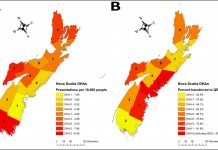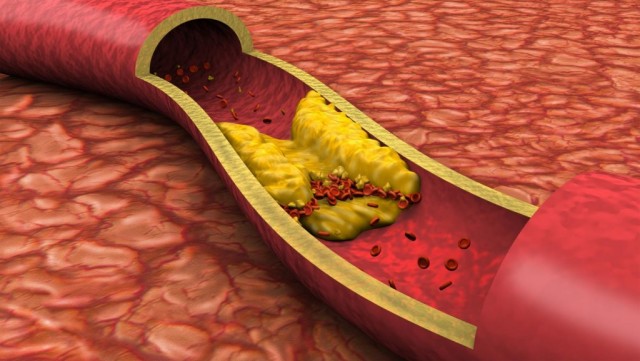October 2003 � High pollution levels may make people more susceptible to stroke, according to a report in the October 9, 2004 rapid access issue of Stroke: Journal of the American Heart Association.
Researchers collected data on 23,179 hospital stroke admissions from 1997 to 2000 in Kaohsiung, Taiwan � the island's second largest city and heavy industrial area. They compared air pollution levels on the dates of admissions with air pollution levels one week before and one week after admissions, said Chun-Yuh Yang, Ph.D., M.P.H., professor, director and dean at the Institute of Public Health, College of Health Sciences at the Kaohsiung Medical University.
The researchers found an association between exposure to increasing levels of two common pollutants and hospital admissions for stroke, particularly on warm days, i.e., 20 degrees Celsius or warmer (68 degrees or warmer Fahrenheit).
"Particulate matter (PM10) and nitrogen dioxide (NO2) seem to be the most important pollutants and the effects appear to be stronger on warm days," Yang said.
For each interquartile change � 66.33 microgram per cubic meter change for PM10 and 7.08 parts per billion change for NO2� the risk of hospital admission for primary intracerebral hemorrhage (bursting of a defective brain vessel) increased by 54 percent.
Continue Reading Below ↓↓↓
The risk of hospital admission from ischemic stroke (resulting from a blood clot blocking blood flow to the brain) increased by 46 percent for PM10 per interquartile change and 55 percent for NO2 per interquartile change.
Studies have shown associations between air pollution and daily death rates for respiratory and heart disease. But findings related to pollution's effect on stroke have conflicted.
"This study provides new evidence that higher levels of ambient pollutants increase the risk of hospital admissions for stroke, especially on warm days," he said.
On cool days, researchers noted a link between carbon dioxide levels and ischemic stroke admissions, but believe this may have been a finding by chance.
Many experts suspect that air pollution may affect blood volume and resistance of the blood vessels and heart structures, known collectively as the hemodynamic system. High temperatures may also affect blood viscosity.
"Doctors should know that hemodynamic disturbances that may lead to the risk of cardiovascular events may also lead to an increased risk of other types of circulatory events, such as stroke," Yang said.
Substantiating these findings with further studies could lead to developing drug interventions that might protect the public from transient exposure to ambient pollutants, such as those experienced during rush-hour traffic. "In hot weather, we recommend that people avoid pollution, stay inside and use an air conditioner if needed," he said.
As stroke is associated with air pollution, lowering the level of exposure could considerably reduce the associated health burden independent of behavior change, he said.
Co-authors are Shang-Shyue Tsai, Ph.D.; William B. Goggins, Sc.D. and Hui-Fen Chiu, Ph.D.
Source: American Heart Association
Continue Reading Below ↓↓↓









